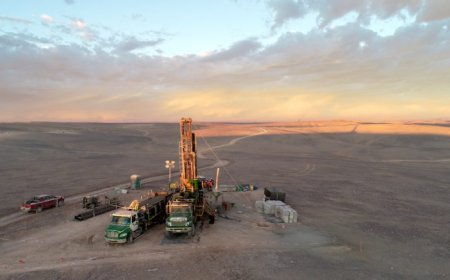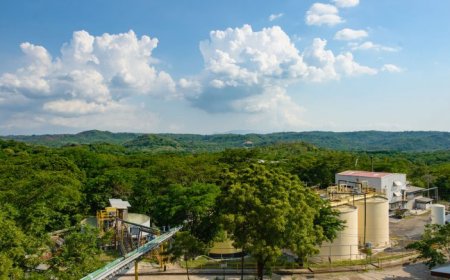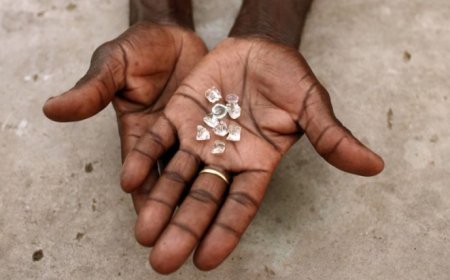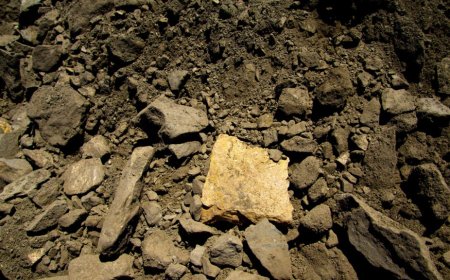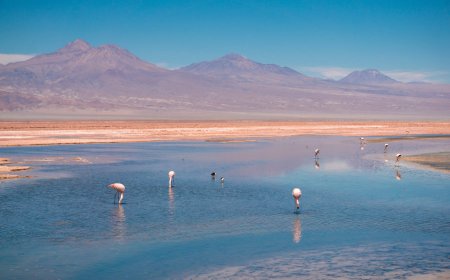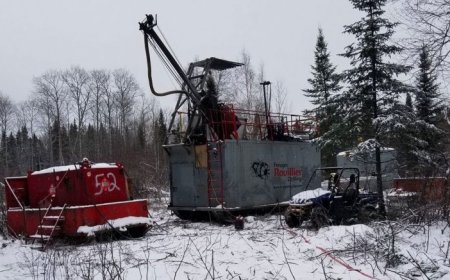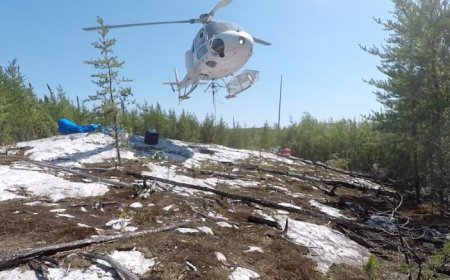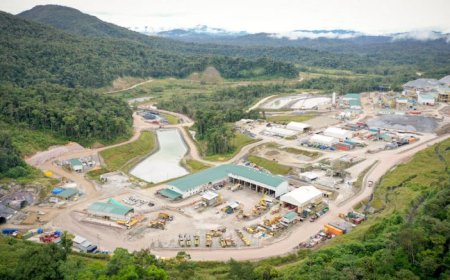JV Article: Canagold accelerates development of western Canada’s highest-grade gold deposit
Fortified with fresh leadership and financial backing, Canagold Resources (TSXV: CCM; US-OTC: CRCUF) is advancing its 100%-owned New Polaris flagship project in northwestern British Columbia with fresh high grade drill results and plans for a revised resource estimate in the first quarter of 2023.
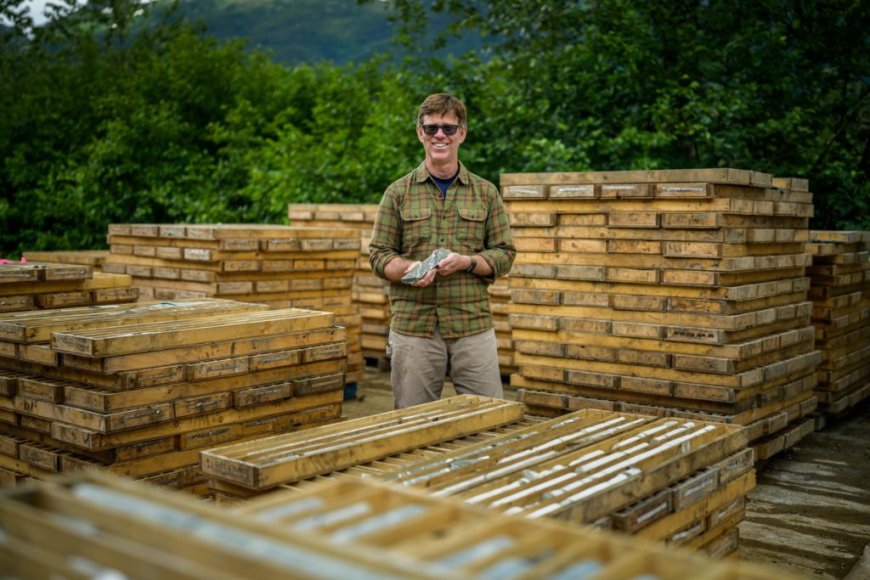

On Feb. 6, the Vancouver-based junior reported assay details for 21 drill holes from the 2022 exploration program to characterize the gold mineralized vein system of New Polaris, a past-producing mine last active in 1951. The latest drilling results confirm the presence of near-surface, high-grade gold that can potentially grow the project beyond the scope outlined in a 2019 preliminary economic assessment (PEA).
The assay results from established Y19 and Y20 veins returned 53.8 grams gold per tonne over a true width of 2 metres from 64 metres downhole in drill hole P22Y10; while hole P22Y09 cut 9.6 grams gold over 5.7 metres from 120 metres downhole.
Drilling in previously unmodelled veins cut 18 grams gold over 5.6 metres from 120 metres in hole P2215W1, and 19.5 grams gold over 0.3 metre from 148 metres depth in hole P22Y07A.
“It is truly the highest-grade undeveloped gold project in western Canada, with an average grade of about 10 grams gold” says Canagold CEO Catalin Kilofliski. “The new drill results are a welcome development because the Y-veins weren’t part of the original mine plan used in the 2019 PEA.”
New Polaris’s 2019 PEA outlined an underground resource of 1.7 million indicated tonnes grading 10.8 grams gold per tonne and 1.5 million inferred tonnes of 10.2 grams gold. The study estimated that mining at a rate of 80,000 oz. per year would be feasible, putting cash costs at about US$400 per oz. of gold — roughly half of the industry average, according to statistics from the World Gold Council.
The PEA anticipated robust project economics at New Polaris. Based on a US$1,500 gold price, the study estimated an after-tax net-present value (at a 5% discount rate) of $469 million and an internal rate of return at 56%, with after-tax payback in just 1.9 years. Capital costs were pegged at US$111 million, and the mine life at nine years.
The modest size of the planned operation at 750 tonnes per day is one reason why New Polaris has a modest capital cost – estimated at US$111million. The company’s plan to produce gold doré bars on site, using a bio-oxidation process rather than shipping concentrate for refining, results in improved economics for the project.
Located about 100 km south of Atlin, B.C. and 60 km east of Juneau, Alaska, the 8.5-sq.-km project has a 1,500-ft. airstrip and barge access to tidewater to support future operations.
“It’s an underground mine with a small footprint, and a projected workforce of about 200 people,” Kilofliski says. “With the high-gold grade, you can afford the extra effort required from being at a remote location.”
Canagold is making measurable progress toward advancing the project into production. In October 2022, the company hired Ausenco Engineering Canada to complete a feasibility study for the underground mine and surface processing facilities. The report is slated to be delivered by early 2024.
And on Jan. 25, Canagold announced it had signed an agreement with the Taku River Tlingit First Nation, on whose traditional territory New Polaris sits. Following the band’s stated desire to allow environmentally sound mining to take place, the agreement establishes the framework for a working relationship as the project progresses through its permitting, construction, and production phases.
“This will be the first project in their territory to go through environmental assessment, so the process is new for them too,” Kilofliski notes. “We want to set an example on how things can be done right.”
Gold mineralization was first discovered at the New Polaris site in 1929. Canagold acquired the old mine site in 1996 and has embarked on an extensive exploration program ever since. In 2021 and 2022, the firm drilled 39,000 metres delineating the C- and Y-type veins which remain open at depth away from the original underground mine.
“The entire production profile is based on downdip extension of what was mined, it’s not like we’re going after what was left behind,” Kilofliski adds.

Proxy war
The renewed focus by Canagold on developing its flagship project stems from a management shake-up last year. In July 2022, Sun Valley Investments, a private equity firm with gold mining operations in Colombia, launched a proxy battle over the direction of Canagold’s leadership. Following a shareholder vote, Sun Valley added its three nominees to Canagold’s board and consolidated its position as the company’s largest investor with a roughly 40% stake.
“The prior management and board lacked the ability to execute,” says Kilofliski, who re-joined Canagold following the proxy battle, after leaving five years ago. “Sun Valley took control because they want to build the mine and move the project forward.”
Kilofliski explains that Sun Valley’s operations in Colombia have technical and geological staff who can assist Canagold’s operations at no cost. But most importantly, the change in management puts Canagold on a firmer financial footing than many contemporaries.
“The biggest challenge in the junior space is that companies live and die by their ability to raise capital,” Kilofliski says. “Sun Valley has invested about $7 million, so we have the opportunity to really focus on our objective, which is to get this mine into production.”
